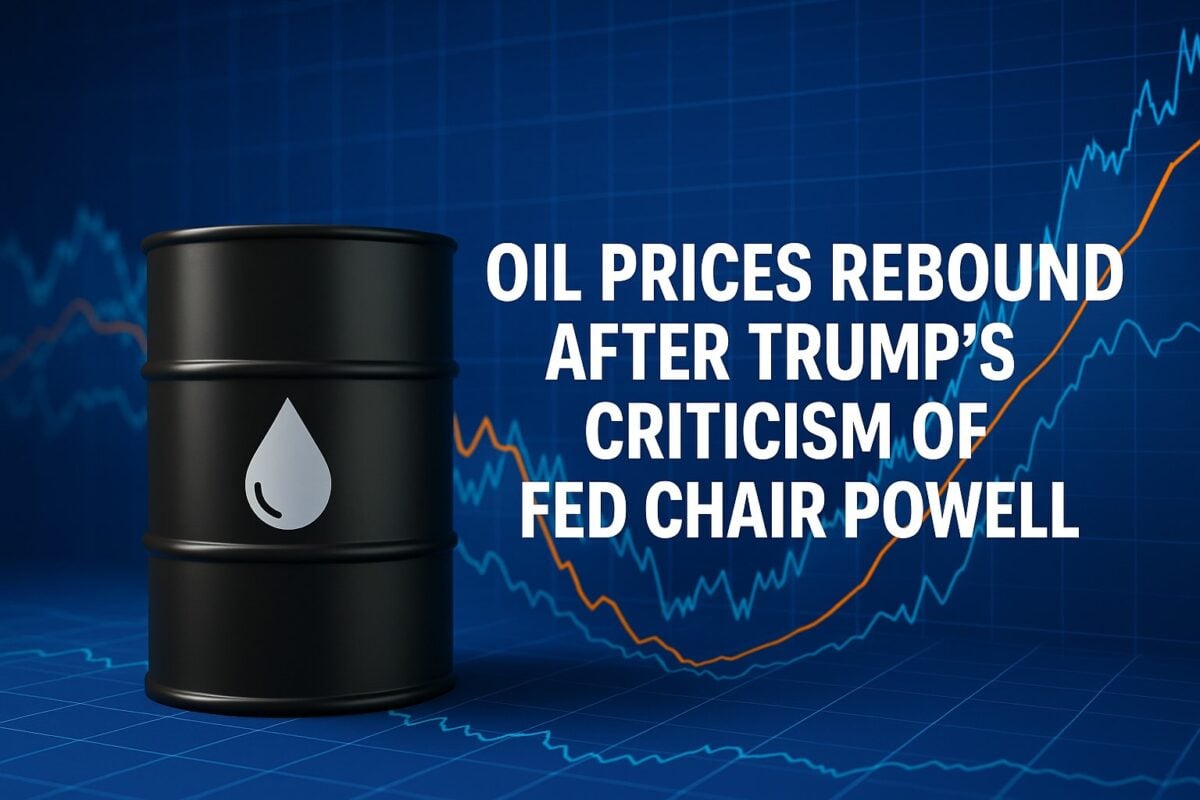
Inflation Trends: Fed’s Rate Cut Threshold for 2023
Quick Look:
Inflation Dependency: Rate cuts hinge on inflation trending towards a 2% target; ISI Evercore predicts two scenarios
Critical Data Points: April PPI and CPI reports must show core PCE inflation at or below 0.20%.
Policy Timing: If inflation remains high, rate cuts could delayed until at least March of the following year
As financial markets oscillate between forecasts and outcomes, the Fed stands at a critical juncture with the possibility of adjusting interest rates twice this year. This potential policy change, scheduled to begin in September, hinges significantly on the inflation trajectory. Current analysis from ISI Evercore projects two likely scenarios. If inflation fails to decelerate adequately, a pair of rate cuts starting by September or, conversely, no cuts throughout the year.
The Inflation Threshold: A Delicate Balance
The central discussion point for the Fed and market analysts alike is whether the current inflation data aligns with the conditions necessary for a rate reduction. The Federal Reserve, guided by Chairman Jerome Powell’s dovish outlook. It is suggested that recent inflation surges are but temporary spikes in a general trend towards the target rate of 2%. This perspective supports the argument for easing monetary policy by the end of the year. However, ISI Evercore notes a caveat. If inflation does not show sufficient slowdown by September, the chances diminish for any rate adjustment in 2023. Influenced by this forecast, the market consensus leans towards expecting two rate cuts. Also aligning with the Fed’s optimistic scenario that inflation will indeed begin to align more closely with their targets in the upcoming months.
A Tactical Waiting Game: Timing and Data Critical for Fed Decisions
The timing of potential rate cuts is closely tied to upcoming inflation reports, especially the core PCE inflation data. If the upcoming inflation metrics are significantly moderate, the Fed might consider a rate cut as early as July. Specifically, the April Producer Price Index (PPI) and Consumer Price Index (CPI) reports need to show month-on-month core PCE inflation at or below 0.20%. Such a level would greatly boost confidence in an earlier easing of rates. However, if these figures are not low enough or if the data composition fails to inspire confidence. Hence, the chance of a rate cut before September would decrease significantly, delaying the next opportunity until December.
In a scenario where inflation data stubbornly hovers around the 3% mark and the labour market remains strong, the likelihood of rate cuts this year dwindles. ISI Evercore suggests postponing any potential monetary easing to at least March of the following year. By that time, the Fed could benefit from base effects as the high inflation readings from early 2024 begin to drop out of the year-on-year comparisons. This could provide a more favourable backdrop for policy adjustments.
As we navigate through these pivotal months, the Fed’s actions will be closely watched, with implications not only for the U.S. economy but for global financial markets. Investors and policymakers alike must remain vigilant, interpreting incoming data within the broader context of economic trends and policy directions.


